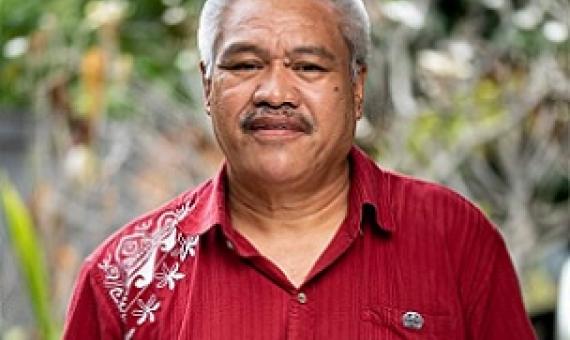Statement by the Deputy Director General of SPREP, Easter Chu Shing, Tiaki Moana OECM Summit and Workshop, 24-27 March 2025, French Polynesia
At the outset, I would like to extend my sincere gratitude to the Government of French Polynesia for the warm welcome, and for graciously hosting us in your beautiful country.
I would also like to thank the Blue Cradle Foundation and collaborating partners for organising the Tiaki Moana Summit and Workshop on ‘Other Effective Area based Conservation Measures (OECM).Call Number: [EL]Physical Description: 1 p.







